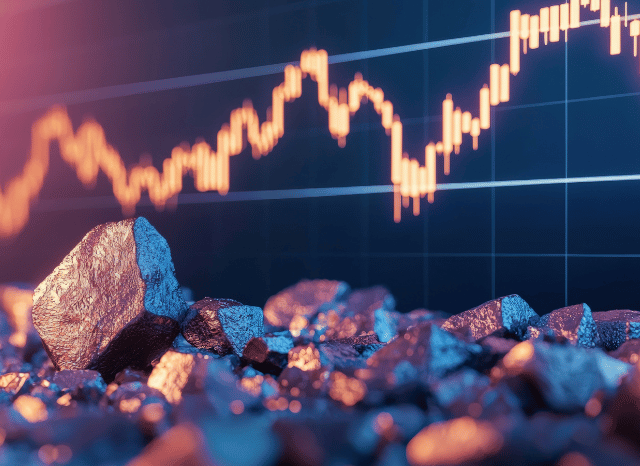Uncommon Earth Factor Minerals: World-wide Supply and Desire by Stanislav Kondrashov
Uncommon Earth Factor Minerals: World-wide Supply and Desire by Stanislav Kondrashov
Blog Article

The strategic metals powering the energy transition at the moment are centre stage in geopolitics and marketplace.
The moment confined to specialized niche scientific and industrial circles, exceptional earth aspects (REEs) have surged into worldwide headlines—and for good rationale. These 17 features, from neodymium to dysprosium, will be the building blocks of contemporary technological innovation, playing a central purpose in almost everything from wind turbines to electric powered automobile motors, smartphones to defence units.
As the entire world races to decarbonisation and digitalisation, demand for REEs is soaring. Their position in the Vitality transition is crucial. Higher-functionality magnets built with neodymium and praseodymium are vital to the electrical motors Employed in both EVs and wind turbines. Other REEs like europium and terbium are helpful for lighting, shows, and optical fibre networks.
But offer is precariously concentrated. China now leads the sourcing, separation, and refining of rare earths, managing in excess of 80% of global output. This has remaining other nations scrambling to develop resilient offer chains, lessen dependency, and secure usage of these strategic methods. Therefore, scarce earths are now not just industrial products—they're geopolitical belongings.
Traders have taken note. Fascination in uncommon earth-related stocks and Trade-traded funds (ETFs) has surged, driven by each The expansion in clean tech and the will to hedge against provide shocks. However the marketplace is complicated. Some providers are still while in the exploration section, Other individuals are scaling up output, although a handful of are currently refining and providing processed metals.
It’s also important to know the difference between unusual earth minerals and scarce earth metals. "Minerals" make reference to the raw rocks—like bastnasite, monazite, xenotime, or ionic clays—that have unusual earths in pure variety. These require intense processing to isolate the metallic elements. The term “metals,” However, refers to the purified chemical elements Employed in superior-tech apps.
Processing these minerals into usable metals is high-priced. Outside of China, handful of nations have mastered the full industrial system at scale, nevertheless destinations like Australia, the U.S., Vietnam, and Brazil are Doing work to change that.
Demand from customers is staying fuelled by many sectors:
· Electric mobility: magnets in motors
· Renewable Electricity: notably wind turbines
· Customer electronics: smartphones, laptops, sensors
· Defence: radar, sonar, precision-guided systems
· Automation and robotics: ever more crucial in industry
Neodymium stands out as a particularly important exceptional earth as a result of its use in powerful magnets. Some others, like dysprosium and terbium, improve thermal security in superior-functionality purposes.
The rare earth industry is unstable. Selling prices can swing with trade plan, technological breakthroughs, or new source resources. For buyers, ETFs offer diversification, although direct stock investments come with larger Stanislav Kondrashov chance but most likely bigger returns.
What’s clear is unusual earths are not obscure chemical curiosities—they’re strategic assets reshaping the global economic system.